
|
|
|
|
|
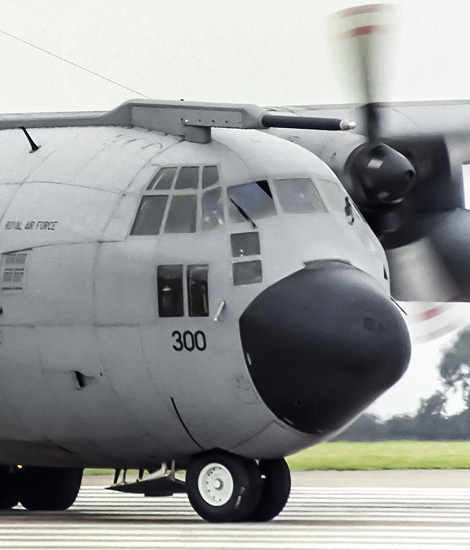
|
The F/A-18E/F Super Hornet; RAF Cottesmore, July 22, 2000
The F/A-18 Hornet, part 3; Text and Photograph's by Alex van Noye
The Boeing F/A-18E and F/A-18F Super Hornet is a two-engine fighter jet suitable for deployment as a multi-role fighter plane. The aircraft is based on the F/A-18C/D Hornet design, but is more than 1.5 times larger than its predecessor. The Super Hornet will replace the F-14 Tomcat within the United States Navy.
The F/A-18E Super Hornet is the single-seat version of the aircraft where the F/A-18F is the double-seat version. The Super Hornet has an internal 20 mm M61 rotary Vulcan gun and is able to carry air-to-air missiles and air-ground weapons. An additional fuel tank can be carried on a maximum of five suspension points for external fuel tanks. The aircraft can also be configured as a tanker aircraft for refueling in the air by means of a buddy package. The F/A-18 Hornet was originally designed and produced by McDonnell Douglas. The first Super Hornet made its first flight in 1995. The production of the aircraft began at the beginning of 1997. The entire production was started after the merger of McDonnell Douglas and Boeing from September 1997. The Super Hornet went for the first time into operational service with the United States Navy to replace the Grumman F-14 Tomcat in 1999. At the beginning of the 1990s, a lot would change for the US Navy. The end of the Cold War led to a period of military austerity and significant restructuring. At the same time, the US Navy received a number of problems in ongoing projects. The McDonnell Douglas A-12 Avenger II was canceled after the program got into serious trouble in 1991. The aircraft had to replace the outdated Grumman A-6 Intruder and the Vought A-7 Corsair II.
As an alternative to the A-12, McDonnell Douglas suggested the "Super Hornet". Initially this concept was referred to as the "Hornet II" at the beginning of the 90s. The new aircraft had to be an improvement on the existing and successful earlier F/A-18 Hornet models. The new aircraft also had to be an alternative replacement for the A-6 Intruder. The next-generation Hornet design proved more attractive than the Grumman Quick Strike Upgrade for the outdated F-14 Tomcat. This concept was considered to be an insufficient technological leap forward compared to the existing F-14s. At that time the Grumman F-14 Tomcat was the main air superiority fighter of the fleet and the aircraft was responsible for its defense. The then Minister of Defense, Dick Cheney,
|
|
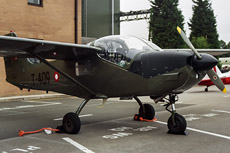
|
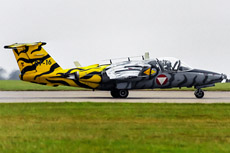
|
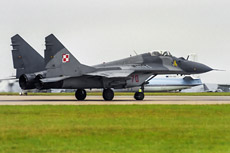
|
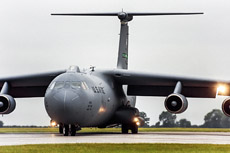
|
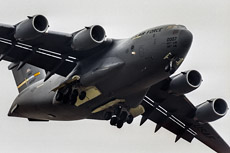
|
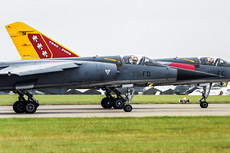
|
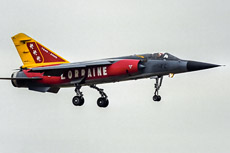
|
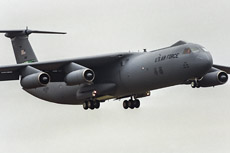
|
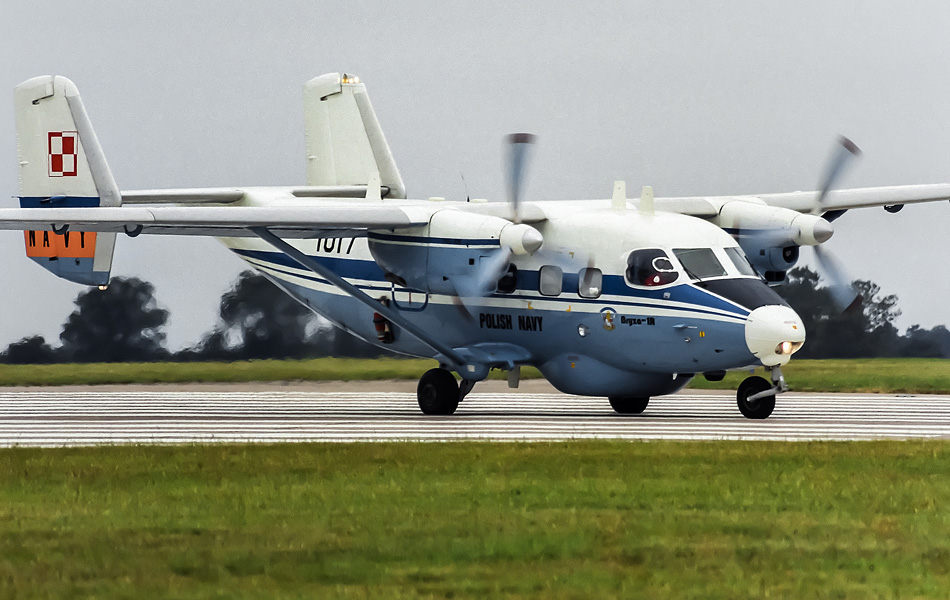
|
described the F-14 as technology from the 1960s and reduced drastically the F-14D production in 1989 before its production was completely canceled in 1991. This was in favor of the new F/A-18E/F concept. The decision to replace the F-14 Tomcat with an all-Hornet Carrier Air Wing was controversial. The Vietnam War bait and congressman Duke Cunningham criticized the Super Hornet as an unproven design which endangered air superiority. In 1992, the navy canceled the Navy Advanced Tactical Fighter (NATF). This aircraft should have been a marine version of the Lockheed Martin F-22 Raptor of the Air Force. As a cheaper alternative to the NATF, Grumman proposed substantial improvements to the F-14 Tomcat. The US Congress rejected them as too expensive and reaffirmed its commitment to the less expensive F/A-18E/F Super Hornet.
The Super Hornet was first ordered by the US Navy in 1992. The Navy retained the F/A-18 designation to sell the program to the Congress as a low-risk "derivative". Despite this, the Super Hornet is largely a totally new aircraft. The Hornet and Super Hornet share many features, including electronic aviation equipment, ejector seats, radar, armament, mission computer software and maintenance and operating procedures. The initial F/A-18E/F at that time retained most of the electronic systems of the F/A-18C/D configuration. The design would be extended in the Super Hornet with an empty weight that is slightly larger than that of the F-15C Eagle. The Super Hornet flew for the first time on November 29, 1995. The first production of the F/A-18E/F started late in 1995. The testing of the aircraft began in 1996 with the first landing of the F/A-18E/F on a carrier in 1997. Production started at a low rate in March 1997. The full production of the Super Hornet began in September 1997. Operational tests continued until 1999 and ended with trial runs and demonstrations for refueling and aerial photographs. The test included 3,100 test flights with 4,600 flight hours. The Super Hornet underwent operational tests and evaluations of the US Navy in 1999 and was approved in February 2000 for deployment with the US Navy. The F/A-18E Super Hornet with one seat and the F/A-18F Super Hornet with two seats took the place of the F-14 Tomcat, the A-6 Intruder, the S-3 Viking and the KA-6D aircraft.
Compared to the original design of the F/A-18, the Super Hornet has been drastically changed, especially in the fuselage. The forward fuselage is unchanged, but the rest of the aircraft has a few similarities with the earlier F/A-18C/D models. The fuselage was made 86 cm longer to make space for fuel and future avionics upgrades. The Super Hornet also has a larger wing area of 25%. The Super Hornet however has 42% less structural parts than the original Hornet design. The General Electric F414 engine has been developed on the basis of F404 from the original Hornet. The engine has 35% extra thrust over most of the plane's flight reversal. The Super Hornet can return to an aircraft carrier with a larger load of unused fuel and ammunition than the original Hornet. Other differences are the inlet ramps for the engines and two additional wing suspension points for external loads. There is already talked about an electronic warfare variant of the Hornet which must replace the EA-6B Prowler. The navy calls this reduction in aircraft types a great efficiency. During the era of the Vietnam War the roles of the Super Hornet were performed by a combination of the A-1 Skyraider, the A-4 Skyhawk the A-7 Corsair, the A-6 Intruder, the F-8 Crusader, the F -4 Phantom, the RA-5C Vigilante, and the KA-6 tanker. It was expected that more than 1 billion dollars of annual savings in the fleet would result from the replacement of other types by the Super Hornet. The Navy regards the acquisition of the Super Hornet as a success and meets the requirements for costs, planning and weight. The Super Hornet is currently the future of the US Navy.
|
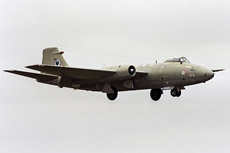
|
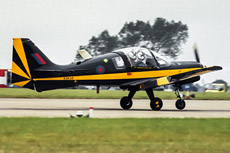
|
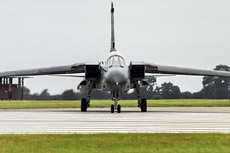
|
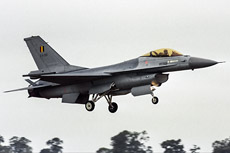
|
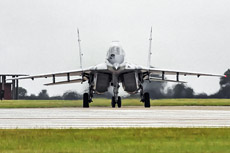
|
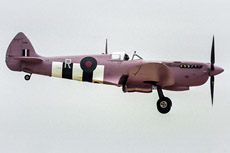
|
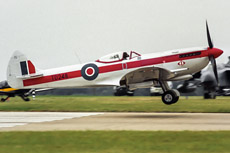
|
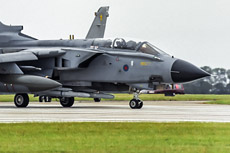
|
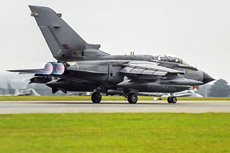
|
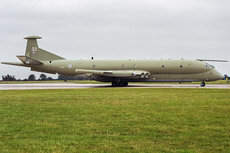
|
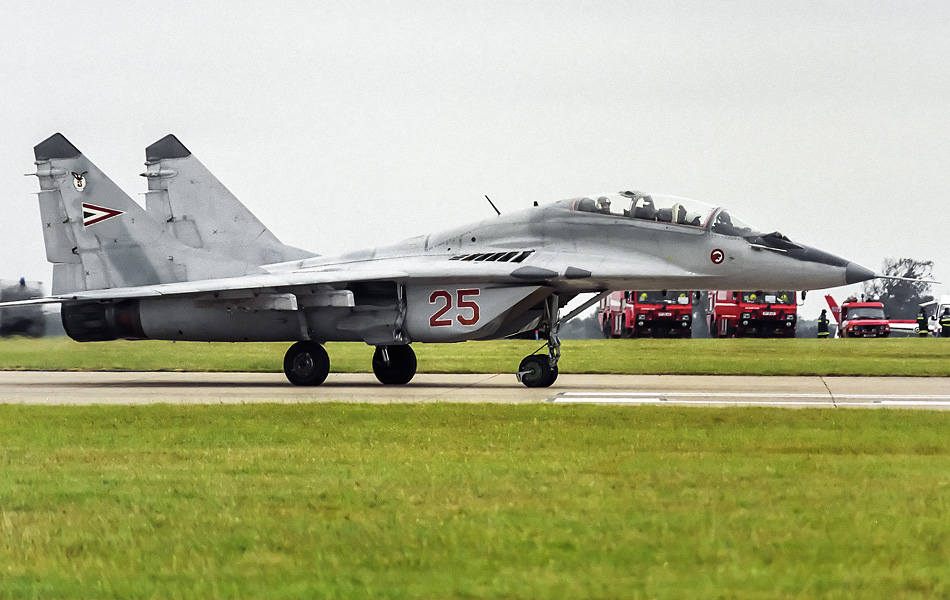
|
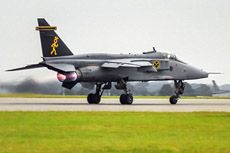
|
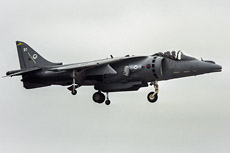
|
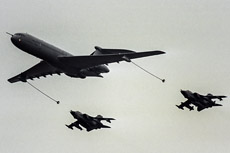
|
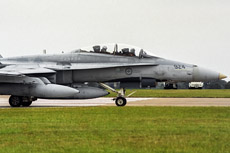
|
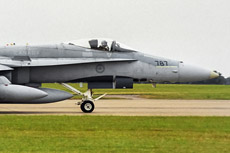
|
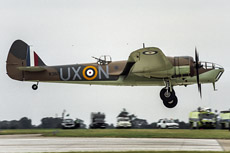
|
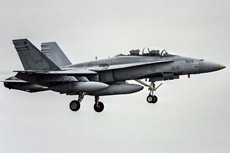
|
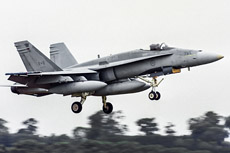
|
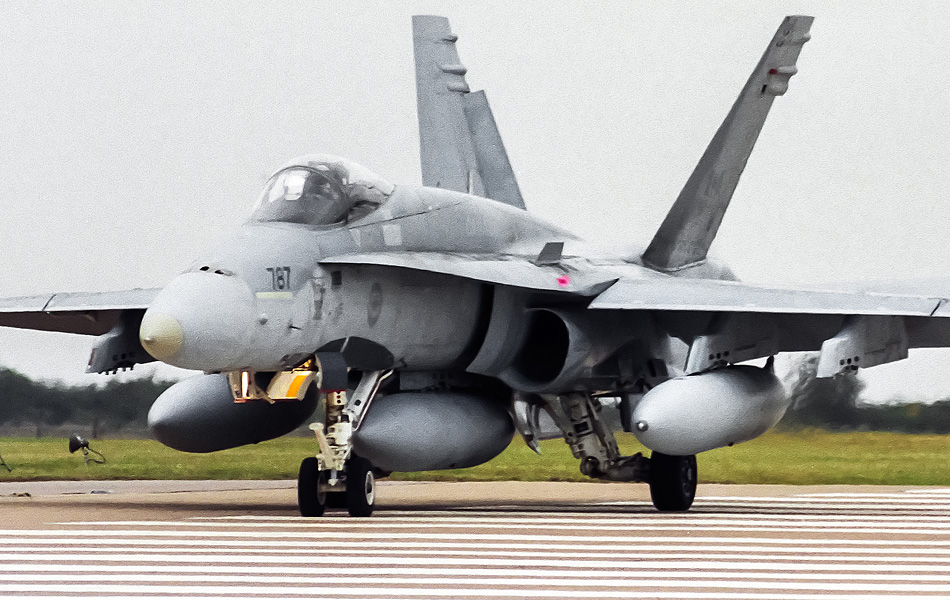
|
|
|

|







